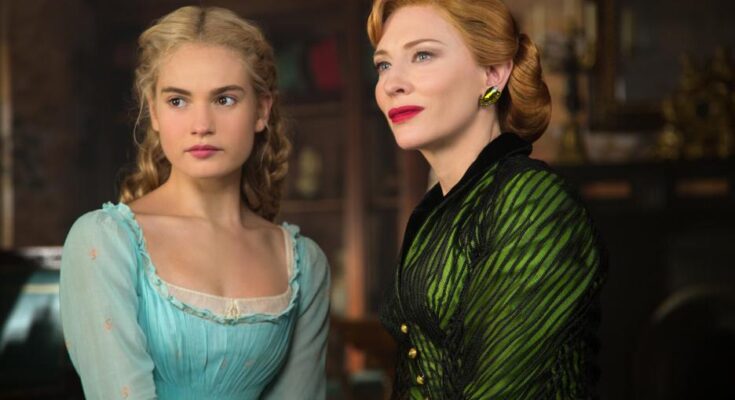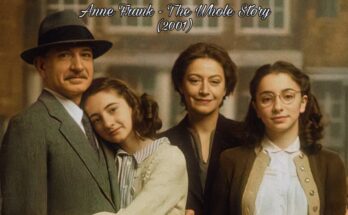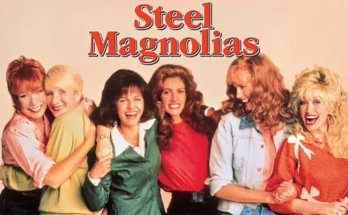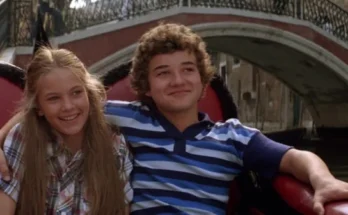Genre: Fantasy | Romance | Family | Fairy Tale Adaptation
Disney’s Cinderella (2015) is a lush, old-fashioned fairy tale brought to life with elegance and sincerity—a live-action reimagining that embraces the timeless magic of its classic source material while adding just enough fresh detail to make it feel new for modern audiences.
Directed by Kenneth Branagh, this adaptation stays true to the heart of Charles Perrault’s beloved fairy tale and Disney’s own 1950 animated masterpiece. It doesn’t try to deconstruct or reinvent Cinderella but instead celebrates the story’s enduring charm with breathtaking visuals, graceful performances, and a sincere belief in kindness and courage as true forms of magic.
The story follows Ella (Lily James), a gentle, kind-hearted young woman who lives happily with her loving parents until tragedy strikes—first her mother’s death, then her father’s. Left at the mercy of her cruel stepmother, Lady Tremaine (Cate Blanchett), and her vain stepsisters, Ella is forced into servitude and cruelly renamed “Cinderella” after being covered in ashes from the hearth.
Yet despite their cruelty, Ella clings to the values her mother taught her: Have courage and be kind. Lily James embodies this perfectly—her Cinderella is not naïve or helpless but resilient and unwaveringly compassionate, which gives real weight to her goodness.
Cate Blanchett is deliciously wicked as Lady Tremaine, a villain driven by envy, bitterness, and an icy sophistication that makes her a formidable foil. Her performance adds layers to a character who might easily have been one-note, showing flickers of hurt pride and ambition beneath the malice.
The film’s turning point comes with the iconic transformation: Cinderella’s tattered dress becomes a shimmering blue gown, and her mouse friends and pumpkin coach spring to life thanks to her Fairy Godmother (Helena Bonham Carter), who adds a dash of quirky humor and warmth to her brief but memorable role. Branagh stages this sequence with pure cinematic wonder—spinning gowns, glittering magic, and a dazzling carriage race to the palace ball.
At the royal ball, Ella meets the Prince (Richard Madden), here given a name—Kit—and more depth than the original cartoon. He’s charming, yes, but also kind, thoughtful, and genuinely captivated by Ella’s spirit rather than just her beauty. Their scenes together have a believable warmth that makes their fairy-tale romance feel more grounded.
Visually, Cinderella is a feast: opulent sets, lavish costumes (including Sandy Powell’s Oscar-nominated gowns), and sparkling special effects create a world that feels both timeless and real. Patrick Doyle’s sweeping score wraps it all in a musical glow that lifts every moment into storybook magic.
Unlike some modern fairy-tale reboots, Branagh’s Cinderella avoids cynicism or self-aware irony. It embraces innocence and romance without apology, leaning fully into the idea that kindness and courage can transform lives. For some viewers, this makes it feel old-fashioned—but for many, that’s precisely its charm.
Ultimately, Cinderella (2015) is more than just a lavish costume drama—it’s a heartfelt ode to the timeless power of grace, goodness, and hope against cruelty and hardship. In a world often too quick to dismiss such stories as naïve, this film reminds us that sometimes, believing in a little magic—and the best parts of our humanity—can still feel like the most radical thing of all.



